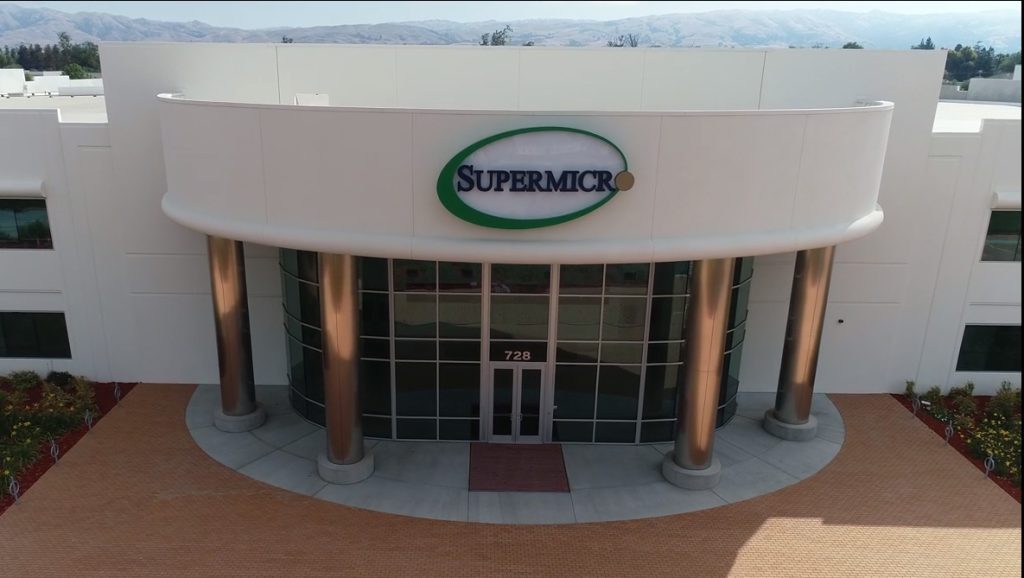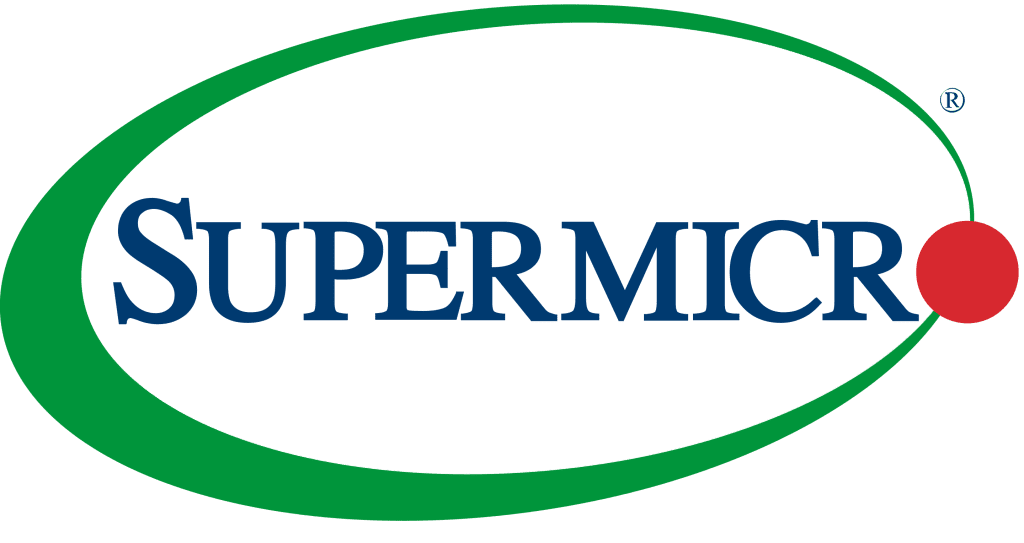
The Warehouse Origins
On a rainy winter morning in 1993, inside a small warehouse in San Jose, Charles Liang scribbled four words on a scrap of paper: “Assemble small, build big.” Together with co-founders Sara Liu and Wally Liao, he dreamed of servers that could be built like Lego—using standardized boards and systems. That evening, they named their new company Supermicro, signaling a commitment to fast, modular server design.
From Warehouse to Green Computing Park
Years later, a gleaming glass campus rose north of San Jose along Interstate 880. A sign read Green Computing Park. The company had grown from a small shop to a fully integrated hub of design, manufacturing, and services. Liang reminded his team: “Speed is our competitiveness—and saving energy at the same time.” Their Resource-Saving Architecture introduced a rack-level design where CPU, memory, and storage could be swapped independently, ensuring efficiency and flexibility.
Building-Block Solutions for Data Centers
Clients often asked, “Why choose Supermicro?” The answer became a mantra: Building Block Solutions. With standardized modules, rapid customization, and rack-scale delivery, the company could ship thousands of fully tested GPU-powered racks each month. For hyperscale clients under pressure to scale infrastructure up and down quickly, this flexibility was unmatched.
Riding the AI Wave
By 2024, the rise of AI accelerated change. At NVIDIA’s GTC conference, Supermicro unveiled racks optimized for the latest GPUs: HGX B200 8-GPU systems, GB200 NVL72 domains, supporting both air and direct liquid cooling. In March that same year, Supermicro entered the S&P 500 index, a recognition of its speed, portfolio depth, and relevance to AI infrastructure.
Expanding Manufacturing Capacity
Beyond Silicon Valley, Supermicro opened a major assembly site in Malaysia in late 2024, adding to its facilities in North America, Taiwan, and Europe. This global footprint allowed the company to handle explosive demand for AI racks. “If even one small part is delayed, the whole rack stops,” noted a production manager, highlighting the challenges of post-pandemic supply chains.
Challenges in Governance
The company also faced governance hurdles. In late 2024, activist reports and an auditor’s resignation forced Supermicro to strengthen internal controls. A new auditor, BDO, was appointed, and a special committee concluded there was “no evidence of management misconduct.” By early 2025, all delayed filings were submitted, restoring investor confidence. It was a reminder that speed must be balanced with financial discipline.
Liquid Cooling for the AI Era
Walking through Supermicro’s labs today, you can hear the quiet hum of direct liquid cooling (DLC) systems. Tubes and distribution units glisten under the lights. Engineers explain how DLC reduces power, space, and cabling costs while delivering fully tested rack-scale AI factories in just months. In one corner, an NVL72 domain powered by 72 GPUs runs as if it were a single system—a scene that once sounded like science fiction, but is now standard practice in AI data centers.
The Rhythm of Speed
At night, the San Jose campus glows with lights. Engineers assemble data center building blocks (DCBBS) for rapid deployment, while overseas teams finalize mass production checklists. Liang still recalls the note he scribbled 30 years ago: “Assemble small, build big.” Today, it has become not just a slogan, but a strategy for the AI age. Supermicro’s story can be summed up in one phrase: a company that designs speed.

By Super Micro Computer – https://www.supermicro.com/sites/default/files/Super_Micro_Computer_Logo.svg, Public Domain, https://commons.wikimedia.org/w/index.php?curid=40438589
